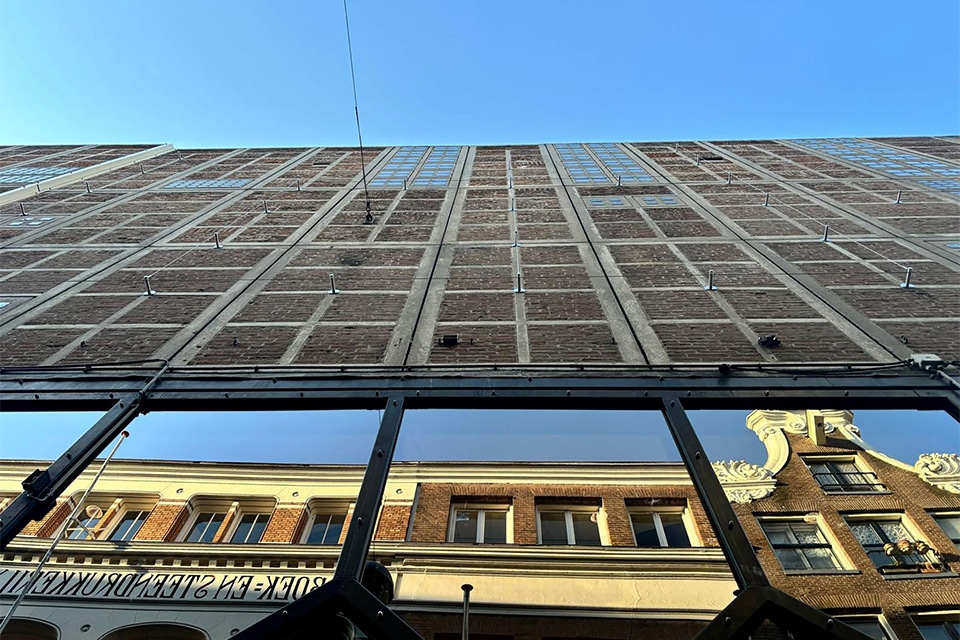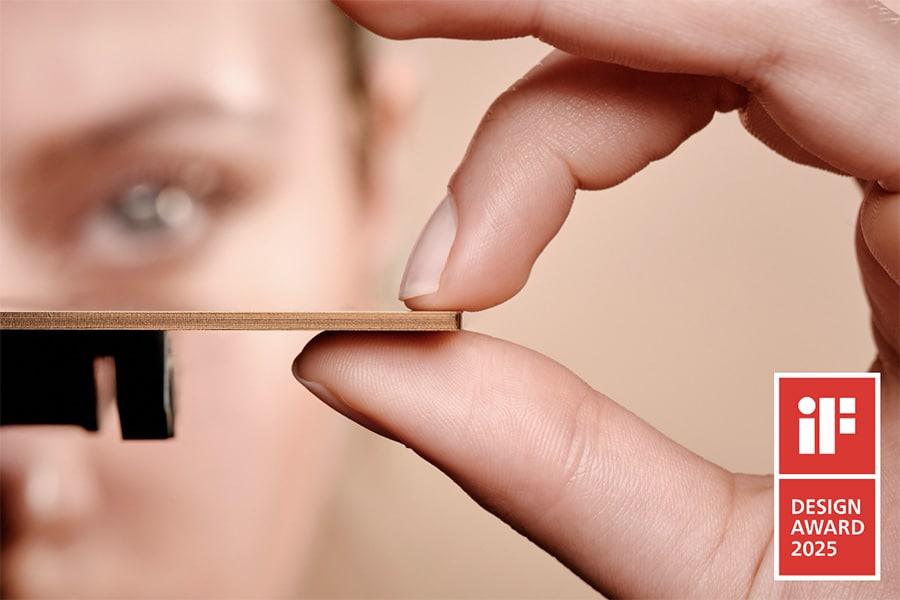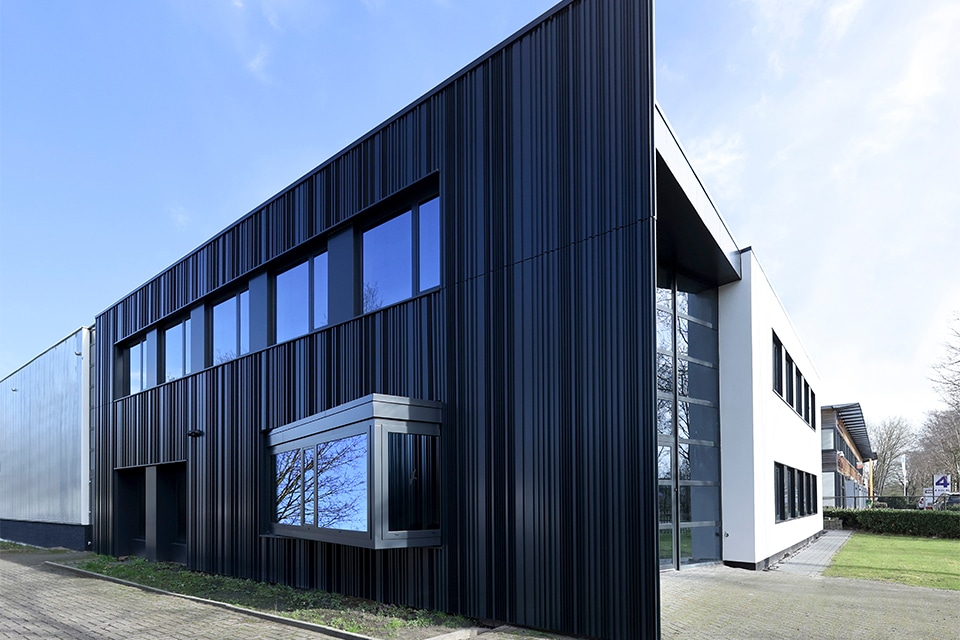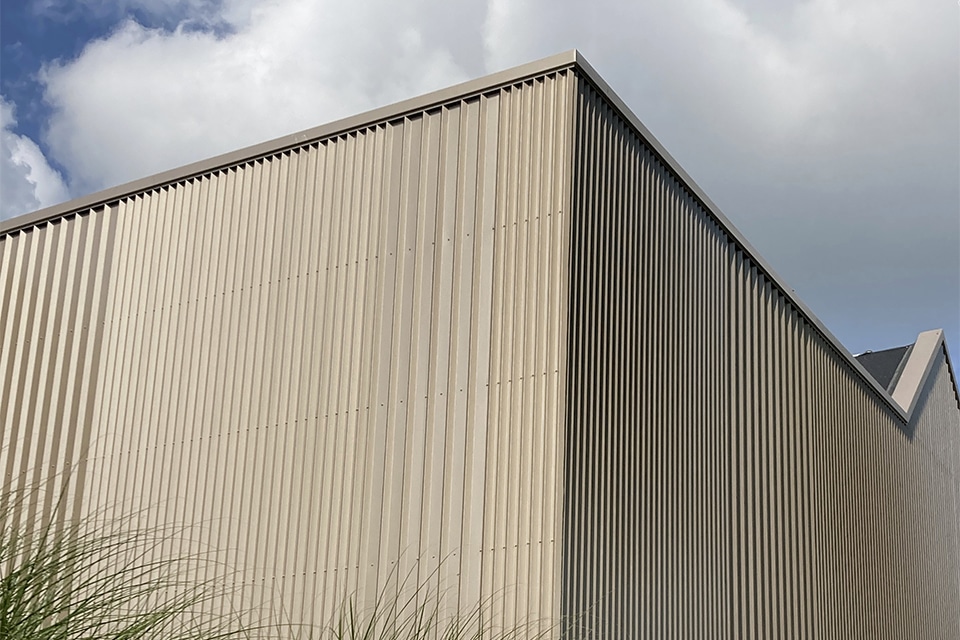
Preserving heritage: it can be done!
Far too often I hear owners of listed properties say that nothing should be changed on their property. Often it is municipal officials who return the owners with inaccuracies. This is not culpable, but among some of the permit issuers and supervisors, the level of knowledge about monuments is unfortunately too low.
It is therefore not surprising that they quickly choose the safe path, and that the statement; "Preservation comes before renewal", is taken quite literally. As chairman of the board of the Association of Architects Working in the Restoration (VAWR), we try, together with our members, to break this stigma regarding monuments or heritage in a broader sense.
What the energy crisis of the past year, with the sudden sharp increase in the price of gas, has taught us is that monuments, in particular, also require thermal improvement. In addition to private homeowners, it is large monuments that are heavily affected by this. These include churches, museums, theaters, castles and country houses. On the one hand because thermal preservation in these types of buildings requires large investments and on the other hand because the users also have to deal with decreasing budgets due to increased costs to make an improvement possible. The last thing you want to be confronted with is resistance in the process.
In the heritage sector, when making design choices, the monument is the guiding principle and the desired alterations follow. By the restoration architect and certainly by our members, who are certified for this by the ERM Foundation and are audited annually, interventions are always ethically and technically argued and weighed on the basis of this rationale. But when it comes to the task of preservation, but also for example in the case of reallocation, this basic idea sometimes falters.
It may sound paradoxical, but I am convinced that as heritage specialists, we have the knowledge to be the most innovative in the construction industry - with respect to the sustainability task. This is possible precisely because, as designers, we are used to thinking from the already existing building and the knowledge of materials. As a result, we are constantly stimulated to look for smart solutions and for choices that are not always expected or usual. So we have creative solutions whose main goal is to preserve our heritage for the future. However, as recognized specialists, give us the leeway to make that happen.
While the energy crisis affects our monuments mostly financially, the corona-lockdowns have also made us realize more again how beautiful the Netherlands can be. Our diverse heritage plays a big part in that. With that in mind, the members of VAWR work with skill and passion to meet the challenges set.
In short ... preserving our heritage for the future is more topical than ever. Let us therefore continue to work on this from now on with all involved with an open mind, without stigmas.



